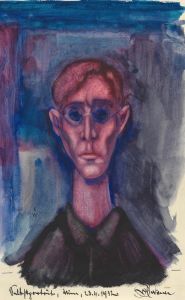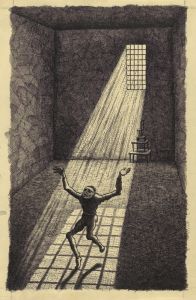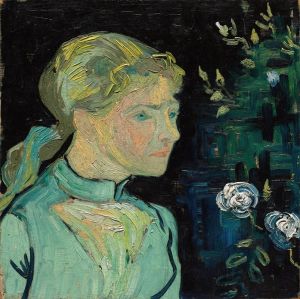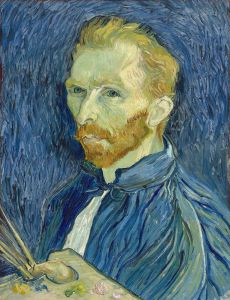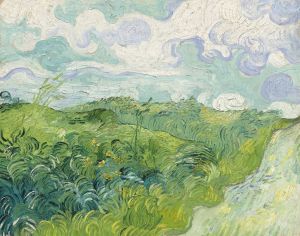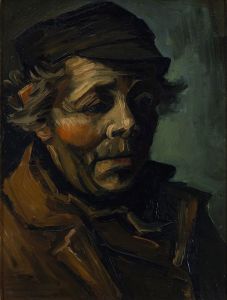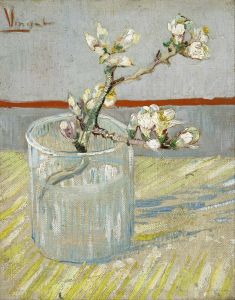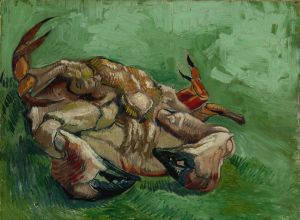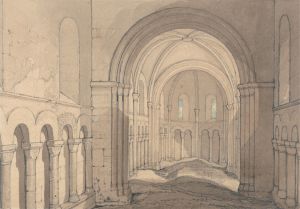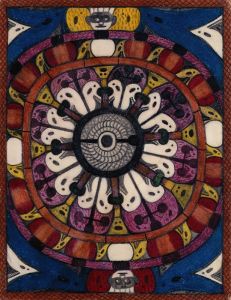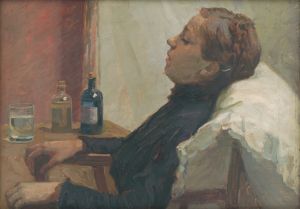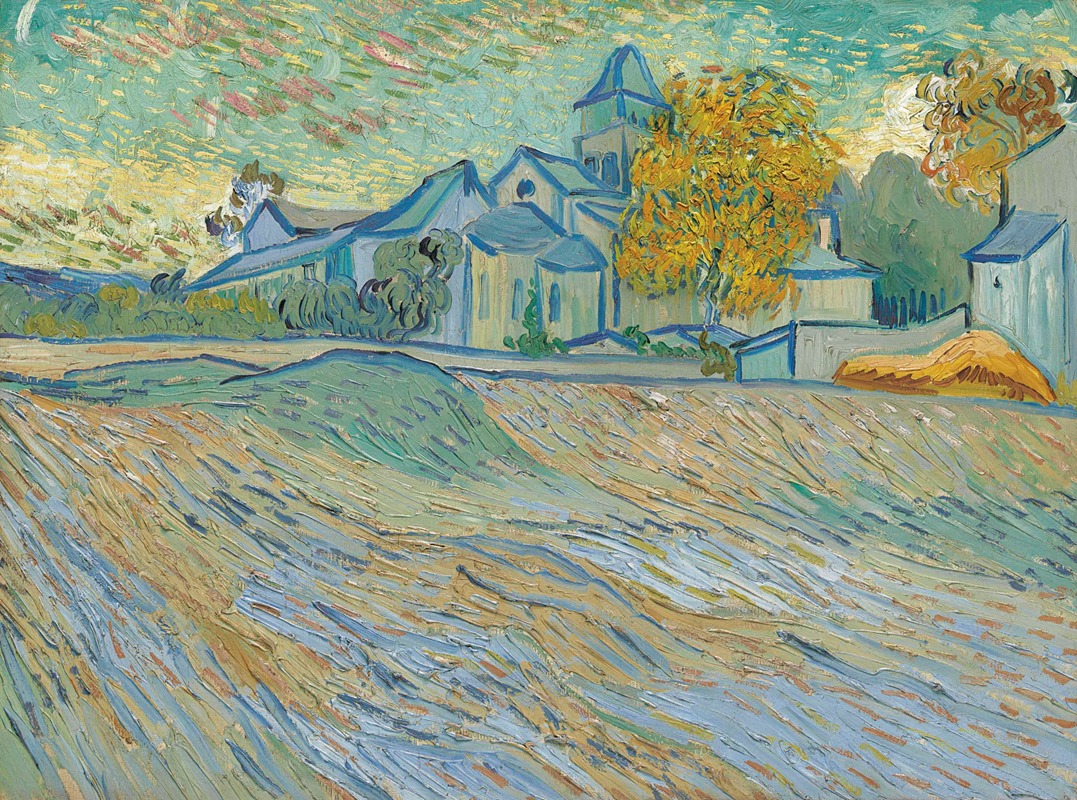
Vue de l’asile et de la Chapelle Saint-Paul de Mausole
A hand-painted replica of Vincent van Gogh’s masterpiece Vue de l’asile et de la Chapelle Saint-Paul de Mausole, meticulously crafted by professional artists to capture the true essence of the original. Each piece is created with museum-quality canvas and rare mineral pigments, carefully painted by experienced artists with delicate brushstrokes and rich, layered colors to perfectly recreate the texture of the original artwork. Unlike machine-printed reproductions, this hand-painted version brings the painting to life, infused with the artist’s emotions and skill in every stroke. Whether for personal collection or home decoration, it instantly elevates the artistic atmosphere of any space.
"Vue de l’asile et de la Chapelle Saint-Paul de Mausole" is a painting by the renowned Dutch artist Vincent van Gogh, created in 1889 during his stay at the asylum in Saint-Rémy-de-Provence, France. This period was marked by intense productivity and creativity for van Gogh, despite his mental health struggles. The painting is a vivid representation of the view from the asylum, capturing the chapel of Saint-Paul de Mausole and its surrounding landscape.
Vincent van Gogh voluntarily admitted himself to the asylum in May 1889, seeking treatment for his mental health issues. During his year-long stay, he produced some of his most famous works, including "The Starry Night" and "Irises." The environment of the asylum and its surroundings provided van Gogh with a wealth of inspiration, and he often painted the views from his window or the gardens he could access.
"Vue de l’asile et de la Chapelle Saint-Paul de Mausole" is characterized by van Gogh's distinctive style, featuring bold colors and dynamic brushwork. The painting depicts the chapel and the surrounding landscape with a sense of movement and emotion, typical of van Gogh's work during this period. The swirling patterns in the sky and the vibrant colors reflect the artist's emotional state and his unique perception of the world around him.
The composition of the painting is carefully structured, with the chapel positioned slightly off-center, drawing the viewer's eye into the scene. The use of color is particularly striking, with the contrast between the earthy tones of the buildings and the vivid blues and greens of the landscape. Van Gogh's technique of using thick, expressive brushstrokes adds texture and depth to the painting, creating a sense of immediacy and presence.
This painting is one of many that van Gogh created during his time at the asylum, showcasing his ability to find beauty and inspiration even in challenging circumstances. His work from this period is often seen as a reflection of his inner turmoil, yet it also demonstrates his resilience and dedication to his art.
"Vue de l’asile et de la Chapelle Saint-Paul de Mausole" is held in high regard for its artistic merit and its insight into van Gogh's life and work during a pivotal time. It is part of the collection at the Musée d'Orsay in Paris, where it continues to be admired by art enthusiasts and scholars alike.
Van Gogh's paintings from the Saint-Rémy period are celebrated for their emotional intensity and innovative use of color and form. They have had a lasting impact on the art world, influencing countless artists and contributing to the development of modern art. "Vue de l’asile et de la Chapelle Saint-Paul de Mausole" stands as a testament to van Gogh's enduring legacy and his ability to transform personal struggle into profound artistic expression.





